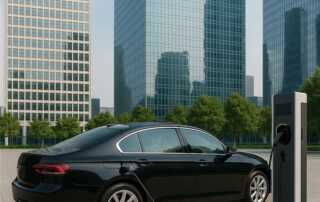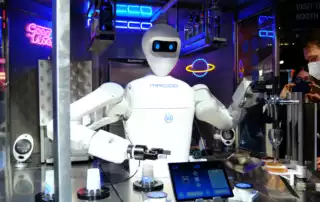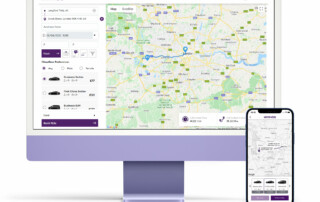Technology

Mobility technology is a term that describes the devices and systems that help you move around more easily and conveniently. It can include things like:
- Smartphones and tablets that let you access the internet, communicate with others, and use different apps from anywhere
- GPS devices that tell you where you are and how to get to your destination
- Electric vehicles and charging stations that reduce your fuel costs and emissions
- Ride-hailing and car-sharing services that let you book a ride or a car with a few taps on your phone
- Autonomous vehicles that can drive themselves without human intervention
- E-scooters and e-bikes that let you zip through traffic and park easily
- Drones and air taxis that can deliver goods or transport people through the air
Mobility technology is changing the way we travel, work, and live. It can make our lives more convenient, comfortable, and fun. It can also help us save time, money, and energy. But mobility technology can also have some challenges and risks, such as:
- Safety and security issues, such as hacking, accidents, or theft
- Privacy and ethical issues, such as data collection, surveillance, or bias
- Environmental and social issues, such as pollution, congestion, or inequality
So, if you want to use mobility technology, you need to be aware of its benefits and drawbacks, and choose the ones that suit your needs and preferences.









